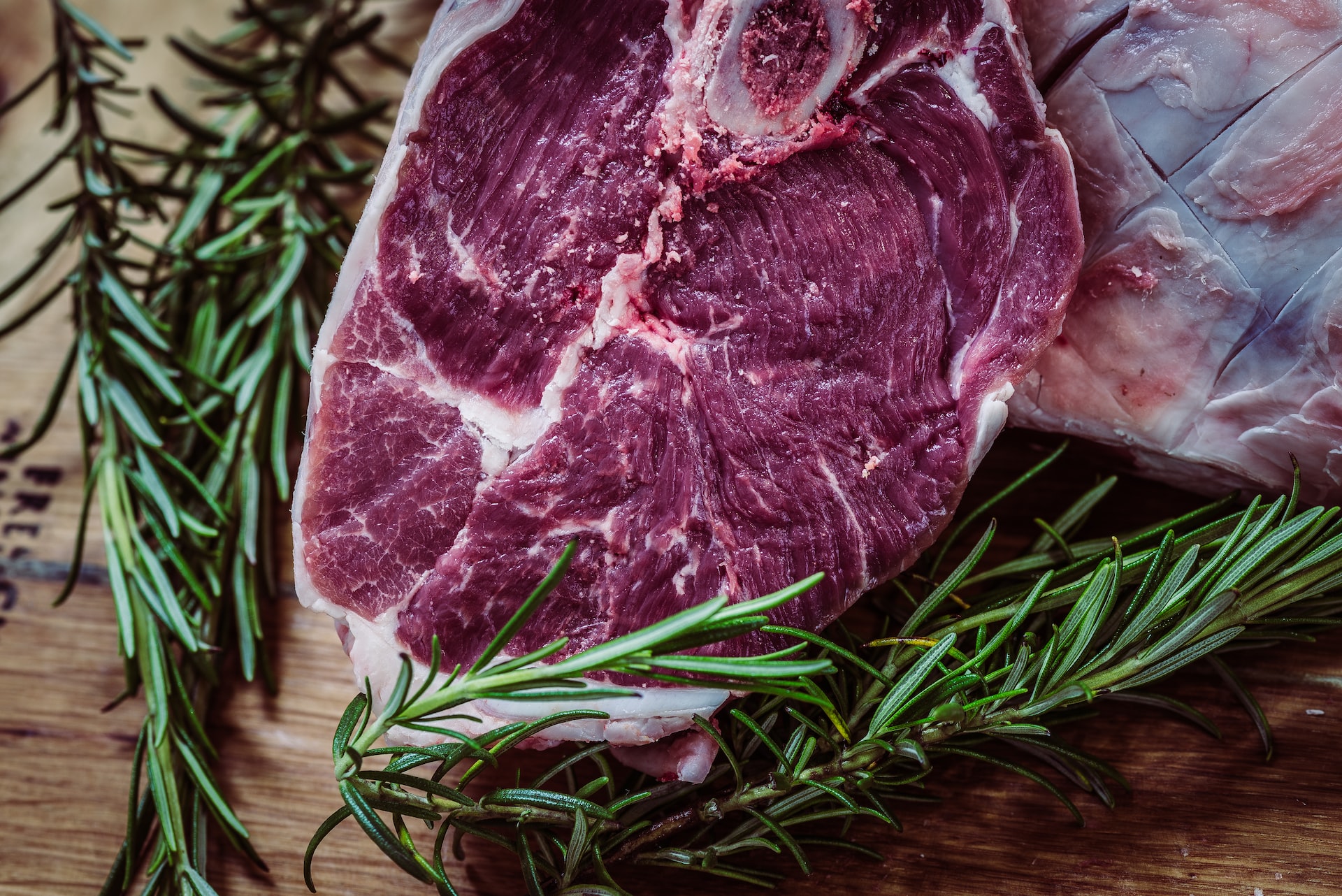CLA: A Healthy Fat You’ve Probably Never Heard of
I wouldn’t mind being known as the “fat doctor.”
No, I don’t want to be fat. I would just like it if, when people though of Dr. Wiggy, they knew one of my goals was to help change people’s minds about fat.
Overall, the role of healthy fats in diet can have tremendously positive effects on total health.
One fat in particular remains in the shadows, even though it’s an amazing tool to help increase immunity, keep insulin levels balanced, and even promote weight loss (especially in the abdomen).
It’s a trans-fat known as CLA, and I’d love to tell you more about it.
Understanding Why CLA Is A Good Trans Fat
CLA stands for Conjugated Linoleic Acid. It is a derivative of linoleic acid, which is an Omega-6 fatty acid.
You might remember Omega-6s are an inflammatory fat…so how is it CLA could be good for you?
To better understand CLA, and why it’s not bad to ingest, take a look at this.
Conjugated simply refers to the arrangement of the fatty acid molecule.
Scientists have isolated 28 different forms of CLA, but the most important we know of are referred to as “c9, t11″ and “t10, c12.″
Kris Gunnars provides a brief explanation of CLA’s chemical profile and an image to show you what it looks like below:
On the image, you see regular linoleic acid on the top, with the two most important forms of conjugated linoleic acid below (5):
CLA actually contains both cis (c) and trans (t) double bonds, and the numbers (like t10, c12, etc.) have to do with the placement of these bonds on the fatty acid chain.
The difference between the CLA forms is that the double bonds (seen as a double line on the image) are arranged differently, but it’s important to keep in mind that something as miniscule as this can make a world of difference to our cells.
So… basically, CLA is a type of polyunsaturated fatty acid, with both cis and trans-double bonds. In other words, CLA is technically a trans-fat, but it is a natural type of trans-fat that is found in many healthy foods.
If you’re worried about CLA being a trans-fat you can relax.
Research has confirmed man-made trans-fats harm health, but the ones found in natural sources (grass-fed meat and grass-fed dairy) have positive effects on health.
Now that you just got your chemistry lesson for the day, let’s go over those health benefits.
The Health Benefits of CLA
CLA has an incredible ability to alter health for the better. The same way Omega-3 fatty acids have a strange ability to affect health.
One of the biggest reasons to be excited about CLA?
It’s one of the few dietary fats proven to help people lose weight. It’s actually one of the most studied dietary supplements on the planet.
Mike Hajoway reports on some of the proven science for such claims:
In another study, a double-blind, randomized, placebo-controlled study was published in the December 2000 issue of the Journal of Nutrition found that CLA reduces fat and preserves muscle tissue. According to the research project manager, an average reduction of six pounds of body fat was found in the group that took CLA, compared to a placebo group.
The study found that approximately 3.4 grams of CLA per day is the level needed to obtain the beneficial effects of CLA on body fat. Dr. Michael Pariza, who conducted research on CLA with the University of Wisconsin-Madison, reported in August 2000 to the American Chemical Society that “It doesn’t make a big fat cell get little. What it rather does is keep a little fat cell from getting big.”
Other research also confirms CLA:
- Helps Enhance immune system
- Helps Increase metabolic rate
- Keeps cholesterol and triglycerides levels balanced
- Reduces food-induced allergic reactions
- Enhances muscle growth
However, like most things, there is an optimal amount of CLA to take.
Too much might actually cause some serious side effects including the lowering of good cholesterol (HDL) and the inability of the body to regulate insulin effectively.
Another notable benefit of CLA is that its believed to help increase immunity.
Several studies have shown people whose diet is high in CLA have a lower risk of cancer and type II diabetes.
Human trials haven’t made a direct connection between taking CLA and its ability to fight cancer, but trials in animals have shown CLA is able to ward off the growth of certain kinds of cancers. Some studies showed when animals get as little as 0.5% of their diet to be filled with CLA it could reduce tumors by 50%.
Again, no research has been done on humans, yet, but the trials in animals are quite encouraging.
Now that you’ve read all this about CLA, I want to make one point of clarification.
If you want to get more CLA in your diet, there are two places I recommend you go to get it.
And, neither of these are made by man.
1. Grass-fed (wild) red meat.
2. Grass-fed dairy.
I don’t recommend taking synthetic CLA because these types of CLA are made from chemically altered vegetable oils.
Getting it from natural sources will be much more beneficial, and you won’t have to worry about tainting your body with processed Omega-6.
One other caveat?
I recommend ghee over butter. I’m not a fan of dairy proteins in the diet, as they can cause allergies and cause other problematic reactions for many. Ghee is clarified butter where all of the proteins have been drawn out and eliminated leaving behind pure fat.
Hope that helps.
Talk soon,
Dr. Wiggy
www.HealthAsItOughtToBe.com



